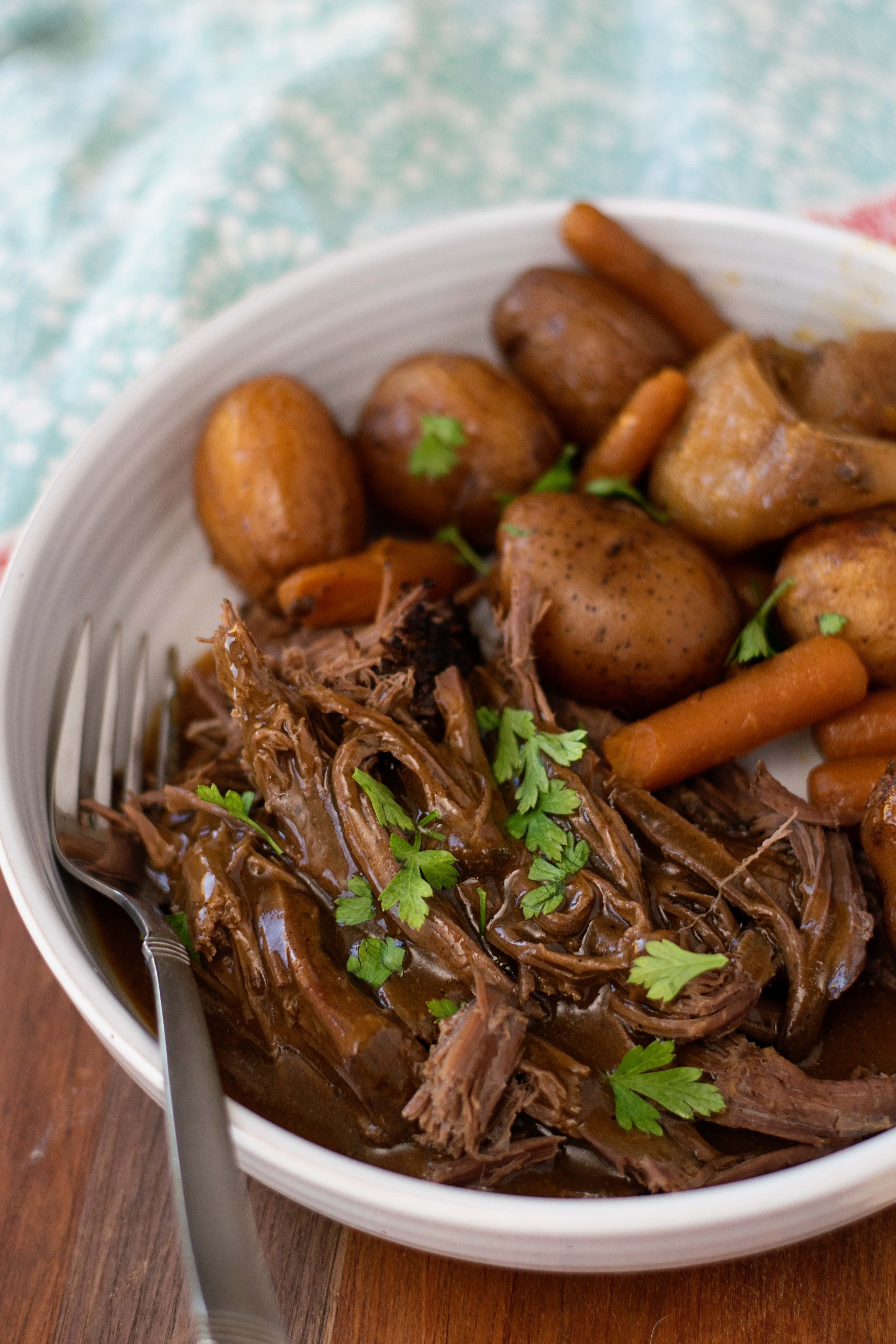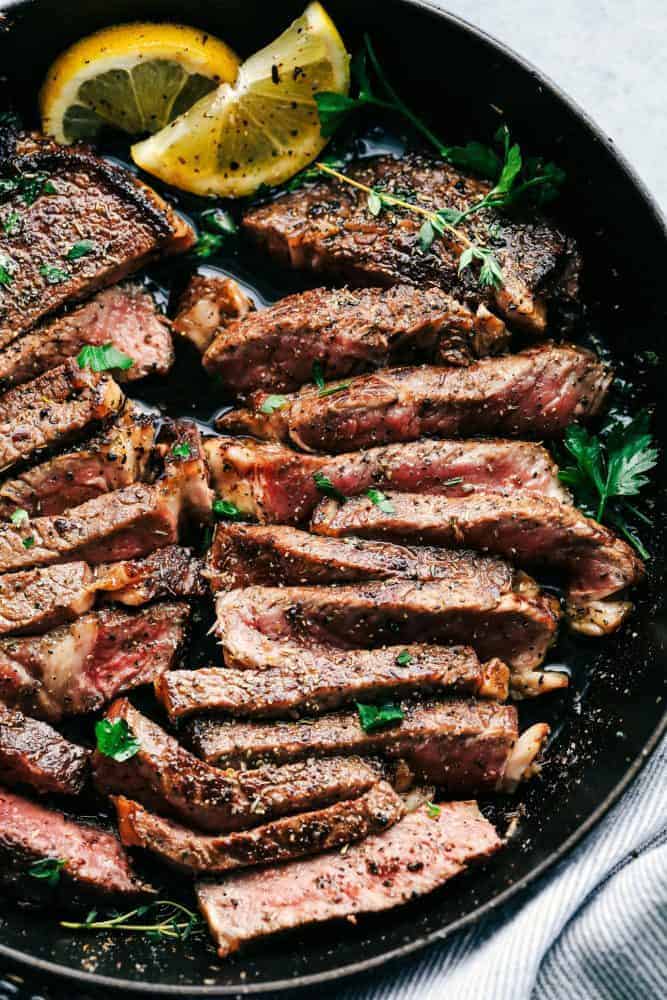Exactly How to Select Top Quality Meat for every single Sort Of Recipe You Prepare
Exactly How to Select Top Quality Meat for every single Sort Of Recipe You Prepare
Blog Article
From Farm to Table: Fresh and Costs Meat Choices
The journey of meat from ranch to table encapsulates a complex interaction of quality, values, and sustainability. This shift not just enhances the dietary profile of meat however also supports neighborhood economic climates.
Recognizing Meat Sourcing
As consumers come to be increasingly mindful of the origins of their food, comprehending meat sourcing has acquired extremely important significance. Meat sourcing entails tracing the journey of meat from ranch to table, incorporating various aspects such as farming practices, animal well-being, and environmental effect. This recognition empowers customers to make educated options that straighten with their values, especially relating to sustainability and moral considerations.
The sourcing of meat can vary significantly based on numerous standards, including the kind of animals, farming methods, and geographical location. Grass-fed beef usually comes from pasture-based systems that promote animal welfare and minimize ecological destruction. Alternatively, conventional meat may involve intensive farming practices that increase issues relating to antibiotic use and habitat damage.
Knowing the certain farm or region where the meat comes from helps customers guarantee quality and safety and security. Ultimately, understanding meat sourcing not just improves consumer option but additionally fosters liable usage and sustains honest farming practices.
Advantages of Fresh Meat
Selecting fresh meat uses various benefits that expand beyond taste and appearance. Fresh meat generally preserves greater dietary worth compared to its frozen or refined counterparts. It is frequently richer in necessary minerals and vitamins, such as B vitamins, iron, and zinc, which are critical for maintaining overall health and wellness.
In addition, the sourcing of fresh meat usually involves shorter supply chains, decreasing the time between farm and table. This indicates that the meat is much less likely to lose its nutritional integrity throughout transport and storage. In addition, customers can experience boosted preference and juiciness, which can raise culinary experiences.
Fresh meat likewise offers a chance for consumers to sustain local farmers and promote sustainable agricultural techniques. When buying from local sources, individuals can contribute to their regional economic climate and promote a greater link to the food they take in.
Last but not least, fresh meat is generally devoid of the chemicals and ingredients commonly found in refined choices. This makes it a cleaner, much healthier alternative for those wanting to reduce their intake of fabricated ingredients. In general, the benefits of selecting fresh meat include health, preference, and a feeling of area interaction.
Pet Welfare Standards
Ensuring high animal well-being standards is vital for both ethical considerations and the high quality of meat items. The therapy of animals directly influences not only the honest implications of meat manufacturing however additionally the general high quality and safety and security of completion products. Animals increased in gentle conditions are less stressed out, bring about much healthier animals and, as a result, remarkable meat top quality.
Regulations and navigate to this site certifications concerning animal well-being have come to be significantly significant in the meat sector. These frameworks make sure animals are supplied with adequate space, correct nourishment, and humane handling throughout their lives. Practices such as important source pasture-raised systems and free-range atmospheres add to better pet well-being by allowing animals to exhibit all-natural actions, which is critical for their health.
In addition, customers are becoming more critical pertaining to the sources of their meat, causing an expanding need for items that stick to stringent pet welfare criteria. This change not only advertises moral farming practices however also urges producers to embrace steps that enhance the wellness and welfare of their pets. Meat. Ultimately, prioritizing pet welfare is not simply a moral imperative; it is also a pathway to producing premium-quality meat that meets customer assumptions

Sustainable Farming Practices
Sustainable farming techniques play an important duty in boosting both animal welfare and the top quality of meat products. These practices emphasize the value of ecological stewardship, moral therapy of livestock, and resource effectiveness. By executing rotational grazing, farmers can promote healthy field ecosystems, allowing pets to prey on nutrient-rich lawns while preventing overgrazing. This technique not only sustains animal health and wellness however also improves the soil, minimizing the demand for artificial fertilizers.
Additionally, lasting farming often includes integrated pest administration and organic feed choices, minimizing using unsafe chemicals. This approach not just safeguards animal health but likewise causes cleaner, more secure meat items for customers. Water conservation methods, such as rainwater harvesting and efficient irrigation systems, even more add to lasting practices, ensuring that resources are made use of carefully.
Moreover, promoting biodiversity with polyculture systems and maintaining habitats for wildlife enhances the resilience of farming communities. By focusing on these sustainable methods, farmers can create high-quality meat that fulfills customer demand while promoting environmental equilibrium. Inevitably, welcoming sustainable farming practices is vital for developing a more accountable and durable food system that profits pets, farmers, and customers alike.
Choosing Quality Over Amount
Regularly, customers are faced with the problem of picking in between quantity and top quality when it involves meat products. While purchasing larger amounts may appear economically helpful, the long-term advantages of selecting premium meat much exceed the instant savings. Quality meat is often sourced from animals elevated in sustainable atmospheres, where they are offered correct nourishment and care, resulting in exceptional flavor and nutritional value.
Top notch meats are commonly totally free from harmful ingredients, hormonal agents, and prescription antibiotics that are usually present in mass-produced choices (Meat). This not just ensures a healthier dining experience but likewise supports moral farming techniques that focus on pet welfare. In addition, costs meats have a tendency to have a better appearance and flavor, boosting the overall cooking experience
Purchasing top quality Read Full Report meat urges customers to appreciate smaller sized portions, enabling a more mindful method to eating. This change not just affects individual health favorably yet also advertises sustainable usage patterns that can benefit the setting. Finally, focusing on quality over quantity when choosing meat items fosters an extra liable and health-conscious way of living, inevitably enhancing both the dining experience and the world.
Conclusion

Report this page